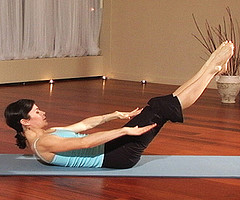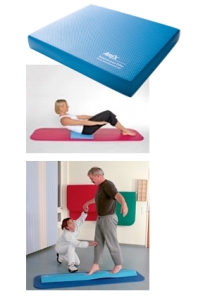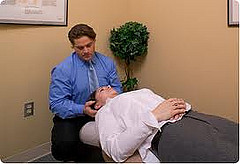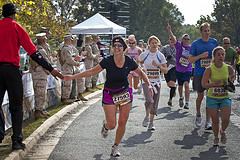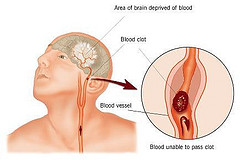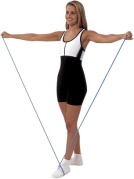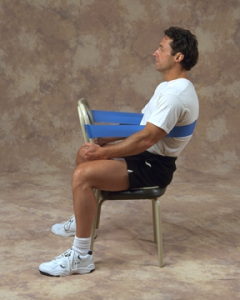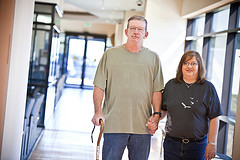 One of the difficult things about strokes is that it is virtually impossible to tell how long the patient will suffer from the repercussions of the stroke or how severe those repercussions will be. In some cases, a patient may be ready to go home, and a facility may be ready to release them, long before they have returned to a “normal” state of affairs. At this point, the patient’s family needs to determine whether they can bear the responsibility of caring for the patient at home.
One of the difficult things about strokes is that it is virtually impossible to tell how long the patient will suffer from the repercussions of the stroke or how severe those repercussions will be. In some cases, a patient may be ready to go home, and a facility may be ready to release them, long before they have returned to a “normal” state of affairs. At this point, the patient’s family needs to determine whether they can bear the responsibility of caring for the patient at home.
If your family is in the position to provide home-based healthcare for a stroke patient, or if you know a family who is preparing for that journey, here are ten tips that we hope will be helpful.
1. Be ready to transport the patient to wherever he or she needs to go
There will be a lot of follow-up visits, perhaps visits to different rehab centers, and other types of appointments that the stroke patient will not be able to miss regularly. Offering transportation to a family member who needs to be present at many appointments throughout a week can be very stressful, especially if everyone in the family is working. Try to make sure that everyone in the family contributes as much as possible to these efforts, keep everyone’s tanks full of gas, and try to plan out trips so that multiple errands can be completed as often as possible.
2. Help plan out the patient’s day
Both Stroke.org and caregiver.com suggest that stroke patients do better when they are able to get into a routine of care. This is not to say that every day should be exactly the same, but patients should have certain expectations. For example, rehab exercise first, followed by breakfast, etc.
3. Help the patient with prescribed exercises
After a stroke, a patient may be given specific exercises to help build up muscle strength. You might work with your loved one on a resistive exercise program that might include our latex-free REP Band® resistive exercise bands, or perhaps your loved one might be advised to do wrist and hand strengthening exercises for which you could use our Eggsercizer® Resistive Hand Exerciser. If you are helping a patient with any kind of exercise, make sure you are 100% clear on the correct positioning during the exercises and that you are able to help the patient prevent falls or other issues.
4. Help the patient with personal hygiene
It is very important that stroke patients remain clean, especially if they are sedentary for long periods of time. Again, make sure you are carefully trained on how to gently help a patient without risking injury.
5. Help the patient eat and drink
Some stroke patients are able to feed themselves shortly after leaving the hospital, but for other patients dysphagia (difficulty in swallowing) can develop. This is a dangerous condition because food particulates can get caught in the lungs which can then cause serious infection and other problems. Your loved one’s doctor may recommend using a product like Provale™ Cup so that you can safely measure a proper amount of food or liquid for the patient to swallow.
6. Be ready to communicate creatively
Sometimes stroke patients have a difficult time speaking after they have been released from the hospital. Speech therapy can help in many cases, but it might be a good idea to devise other ways you can communicate with your loved one so that they can verbalize their thoughts without getting overly frustrated.
7. Be prepared to advocate for your loved one
Advocating for a stroke patient can mean many different things. It can mean speaking on behalf of the patient at appointments, identifying problems you are noticing (perhaps the patient is having increased difficulty in swallowing or in breathing), or making sure the patient’s desires are met as much as possible. This can be difficult territory and can be extremely stressful.
8. Be prepared to handle the paperwork
Between insurance forms and bill-paying, you are going to have to offer a lot of support for your loved one in regards to handling all of the paperwork associated with the healthcare team. This again can be a source of stress for you and frustration for your loved one. Organization and a clear head are important.
9. Be ready for your loved one to feel frustrated or depressed
There will be times that will be very trying for the stroke patient. Perhaps they are frustrated because they want to get a point across but you can’t clearly understand them. Maybe they just want to complete a simple action but are not able to do it, or maybe they simply feel their recovery is not moving fast enough. It’s important to be able to offer support and hope for these difficult times.
10. Be ready for your own feelings of depression or frustration
As the Stroke.org website reminds you, you are not alone. Caring for a loved one who is recovering from a stroke can be exhausting, sad, frustrating, frightening, and stressful. Make sure your family has a support system. Make sure you take care of yourself along with the person for whom you are caring. This is essential.
Of course these tips are a simplification of all that is involved in caring for a patient who is recovering from a stroke. However, this is a good starting point that may assist you in deciding whether this is something you and your family can do. We hope it helps.
Image Credit: http://www.flickr.com/photos/mercyhealth/6264150437/ via Creative Commons
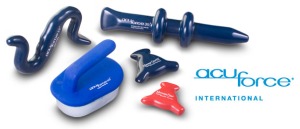 As a therapist, if a patient sees you with a constant tenderness or pain in a specific muscle, you might want to recommend trigger point therapy to them. This kind of therapy can alleviate the direct source of the pain as well as any referred pain, and for some patients relief can occur after just one session.
As a therapist, if a patient sees you with a constant tenderness or pain in a specific muscle, you might want to recommend trigger point therapy to them. This kind of therapy can alleviate the direct source of the pain as well as any referred pain, and for some patients relief can occur after just one session.

